Miners' hall restoration work delayed until spring
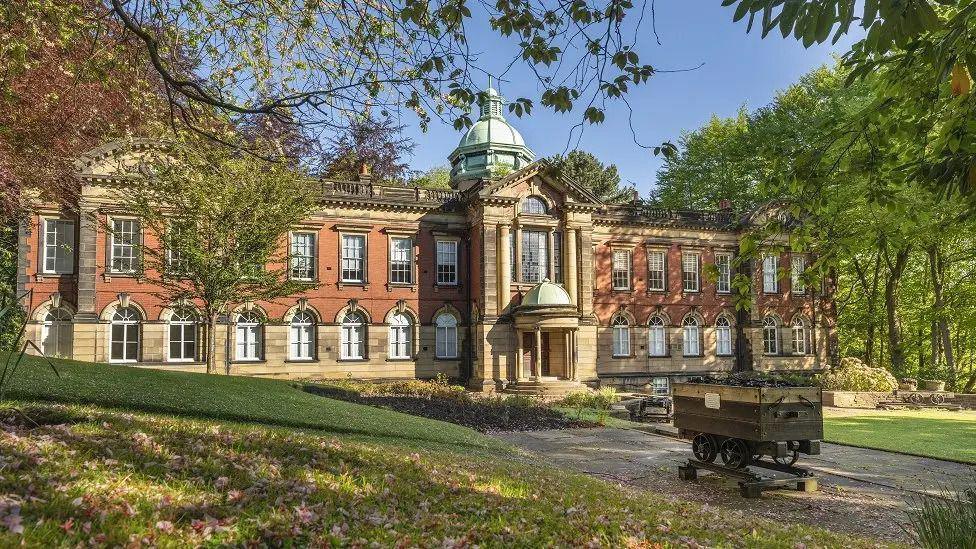
The 109-year-old building is in a worse condition than previously thought
- Published
A Grade II listed miners' hall undergoing a multimillion-pound restoration will now not be ready by Christmas, after suffering several setbacks.
Miners' New Hall - known locally as Redhills - in the city of Durham, is being converted into a heritage and education centre as part of a £10m project.
However, due to the 109-year-old building being in a worse condition than previously thought, work is now expected to finish in early 2025.
The building, which was constructed when the Durham coalfield employed more than 150,000 workers, is home to the Pitman’s Parliament and plays a significant part in the region’s mining heritage.
The project was estimated to cost £8m, but spiralling costs mean the total figure will be about £10m.
In March, organisers said they had hoped it would be ready by Christmas.
The condition of the building was previously described as being in a "state of disrepair and jeopardy", with significant investment needed to preserve its heritage.
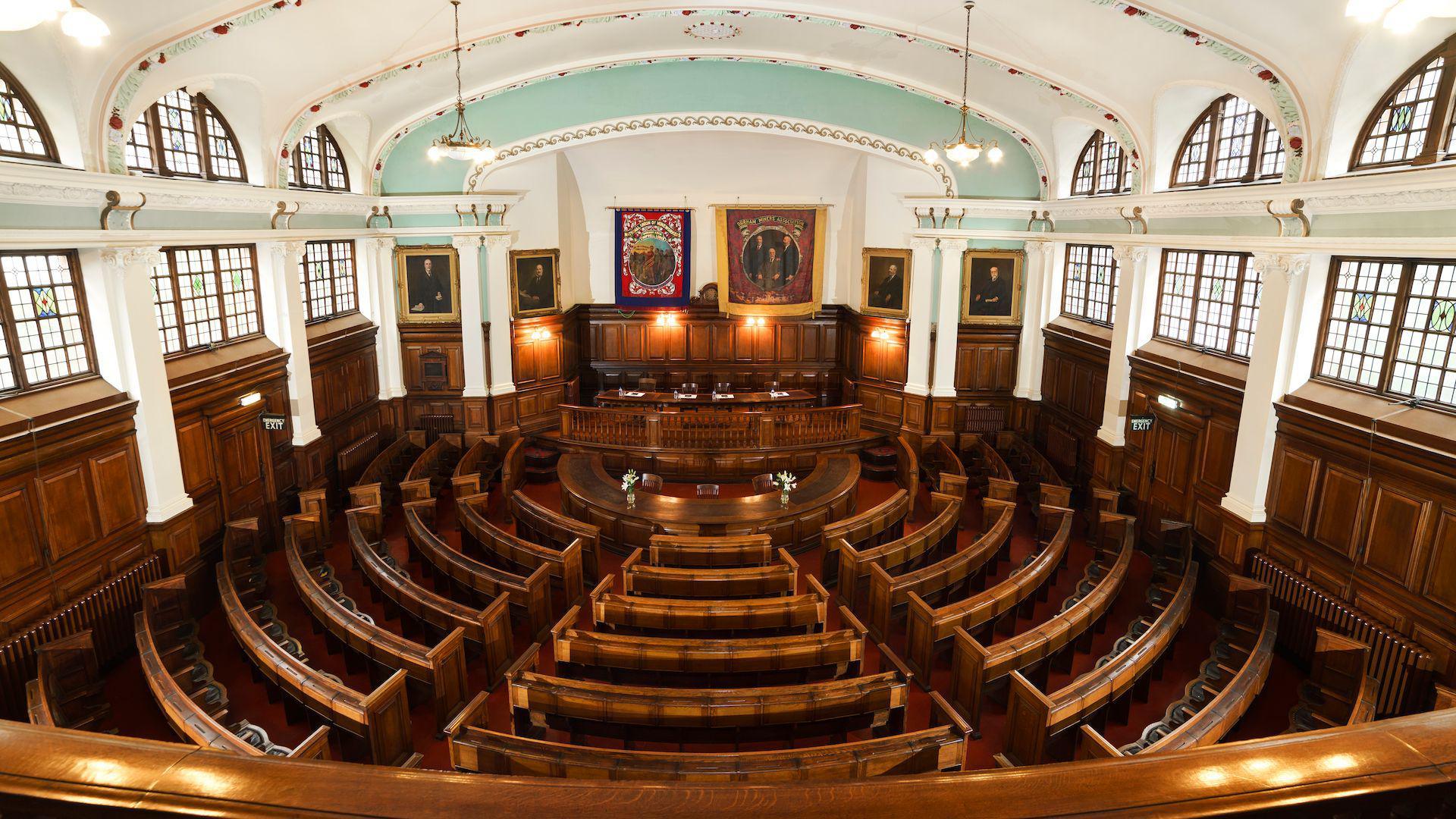
The Pitman's Parliament was a gathering of the delegates of the county's collieries
Alongside the costs, work to the extensions have been tweaked in line with inflationary pressures.
The proposed larger western extension "is not currently viable" but the Durham Miners' Association (DMA) - which has its headquarters at the building - said it had not "diminished" its ambitions for the site.
Ross Forbes, DMA programme director, said: "We've had to roll back a bit from the full plan but we continue building the bigger extension on the east side. With a fair wind, we should reopen in the spring.
"It would have provided more teaching and community space, but we will go after that in phase two."
The changes have been done in conversation with Durham County Council’s conservation officers, and the smaller extension "has been designed with the same architectural quality, detailing and characteristics as the wider scheme".
The National Lottery Heritage Fund has provided key funding for the restoration costs since 2020, according to the Local Democracy Reporting Service.
Follow BBC North East on X (formerly Twitter), external, Facebook, external and Instagram, external. Send your story ideas to northeastandcumbria@bbc.co.uk.
Related topics
- Published8 March 2024
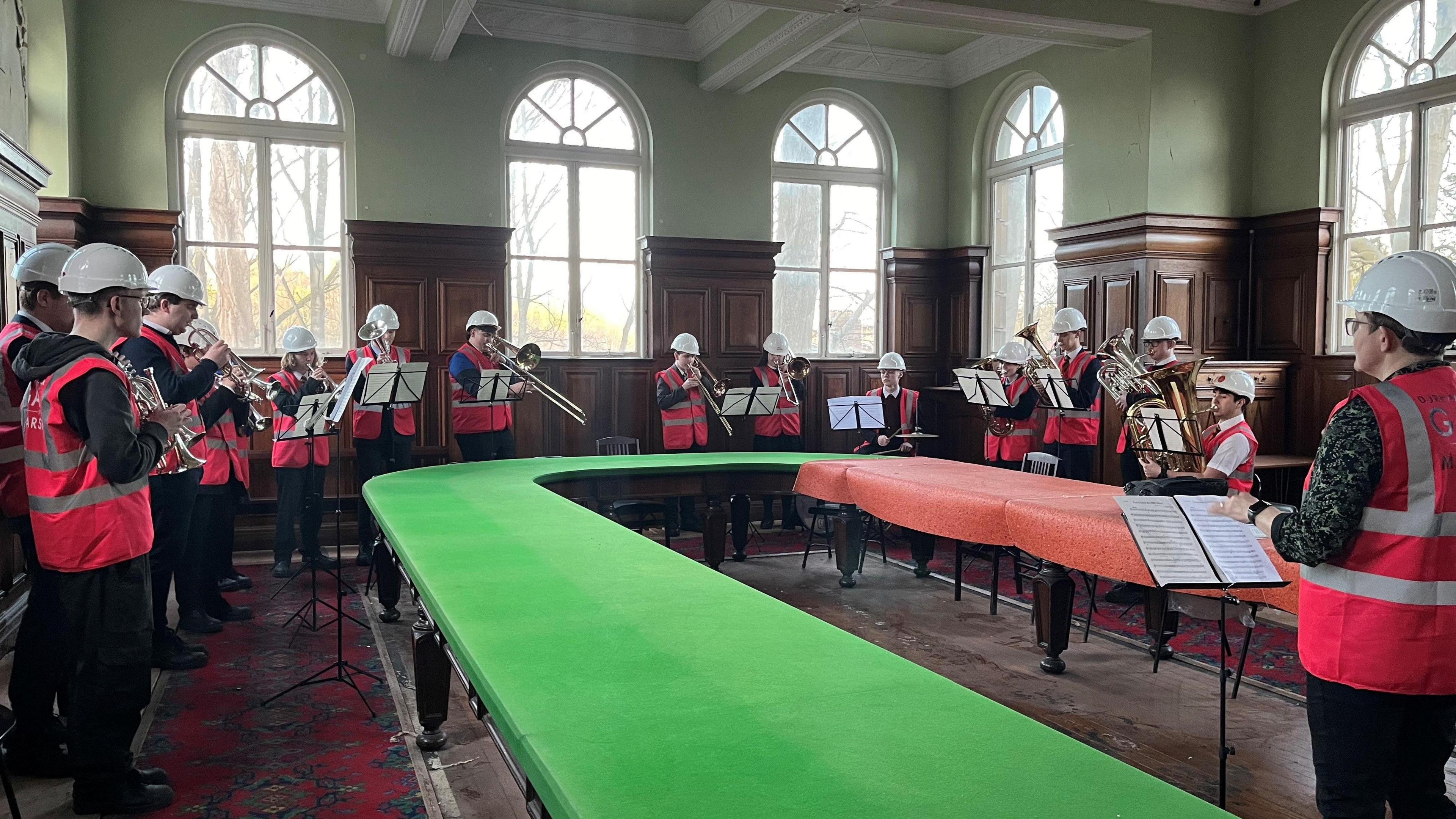
- Published10 January 2024
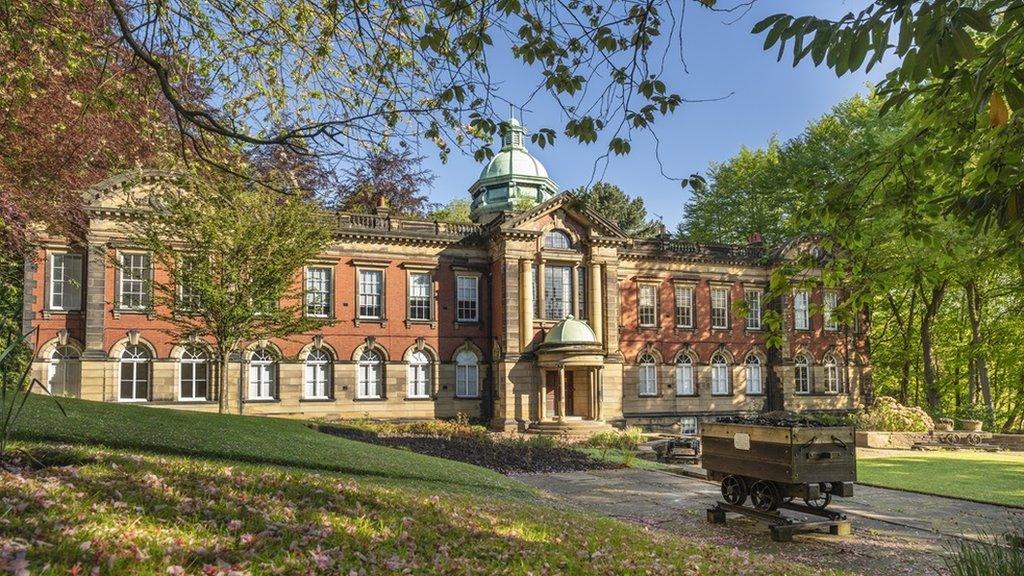
- Published2 August 2022
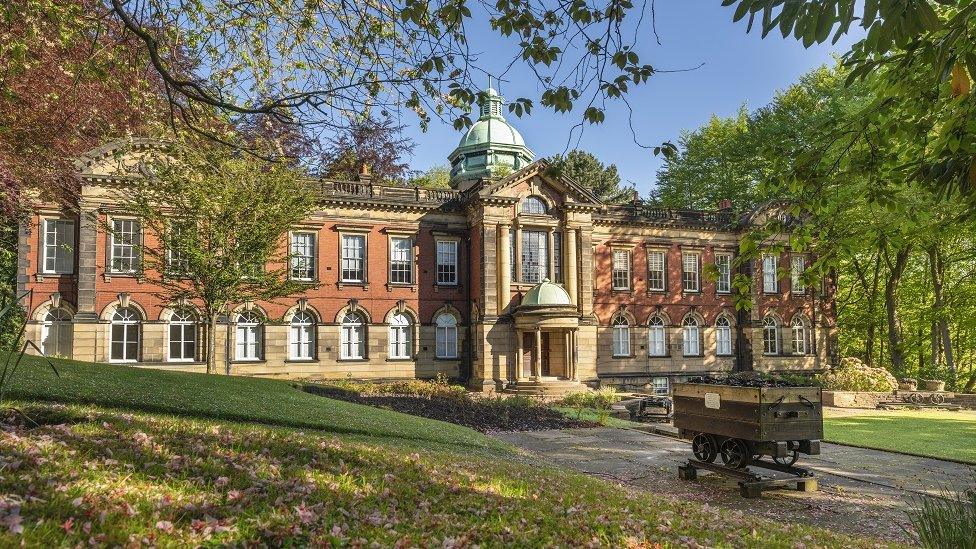
- Published10 March 2020
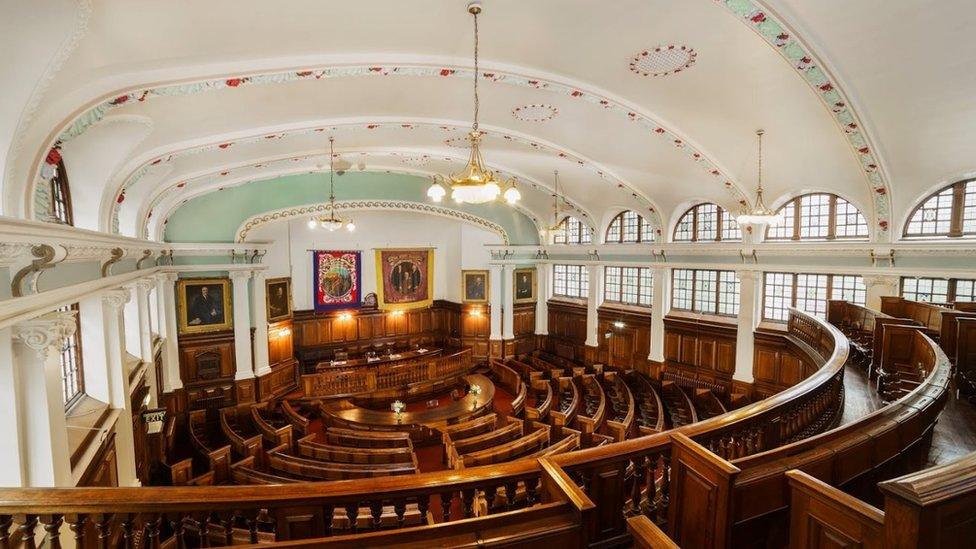
- Published14 July 2019
